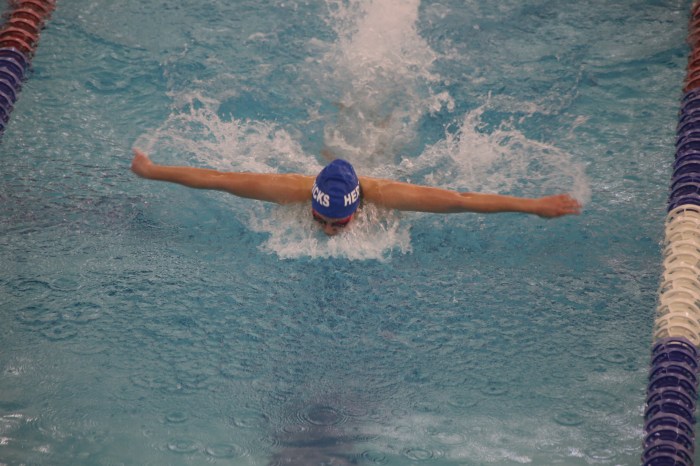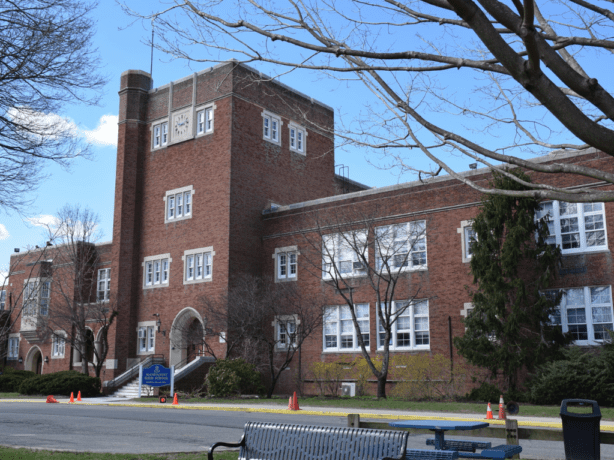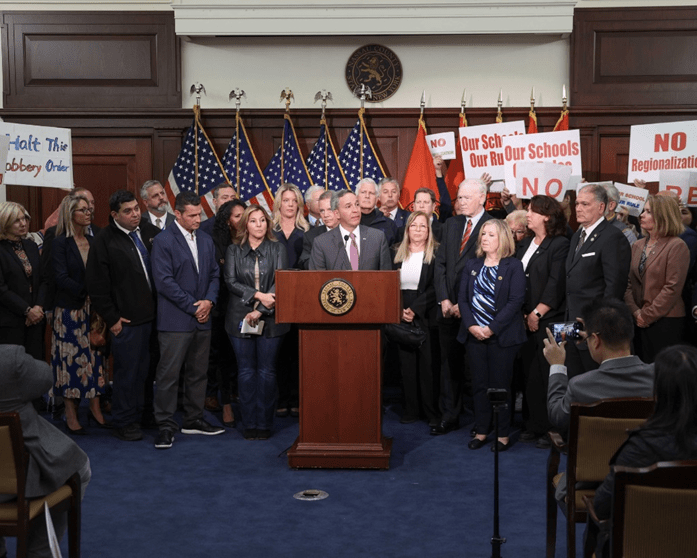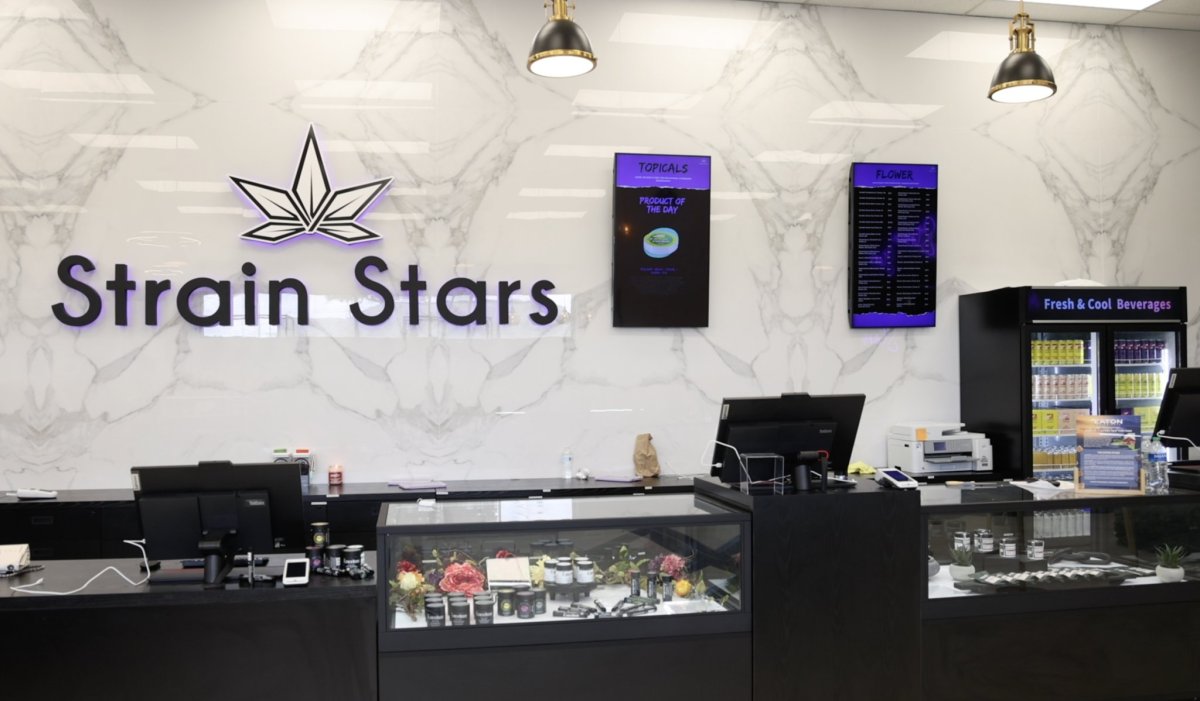
How do we get today’s kids to move? With many hours of video gaming, Netflix watching and heightened computer activity, kids today are becoming less active. A group effort to include physical activity throughout a child’s day seems to be the solution. Physical education teachers, classroom teachers, principals, administrators and parents from Nassau County, Suffolk County and New York City were recently invited to Adelphi University to learn how to incorporate 60 minutes of activity before, during or after school that will inspire students to lead healthier lives now and in the future.
“We have a massive obesity crisis on our hands and we have increased screen time,” said Dana Lehnert, who has been a physical education teacher at Island Trees High School in Levittown for 17 years. “We need to find ways to get [kids] moving, active and engaged and value that movement time. We need to educate our peers, our administrators and always appeal to the kids. They have to be invested in it. We need to have physical activity become something that is so engrained and necessary to how they live their lives.”
Professors Kevin Mercier and Paul Rukavina of Adelphi University’s Ruth S. Ammon School of Education coordinated the Long Island area’s first training session to support First Lady Michelle Obama’s “Let’s Move! Active Schools” on Oct. 14. The training session utilized the Physical Activity Leader (PAL) Learning System, which is adaptable to individual school environments and teaches individuals how to ensure that 60 minutes of physical activity becomes the everyday norm for schools.

“Adelphi has a strong place in working with the schools across Long Island and very often, these reform initiatives come up and educators look to Adelphi for leadership, and it’s nice to be able to work with and provide support for the schools,” said Mercier, explaining why Adelphi University was the first in the Long Island area to provide a PAL Learning System training session.
“Adelphi University is a community engagement university, so it’s not just about preparing professionals, it’s about helping professionals that are already out there in addition to training the future teachers,” said Rukavina. “This is one way of providing professional development for teachers to get those physical activity opportunities in schools for more than what’s happening right now.”
The workshop included a presentation outlining the PAL Learning System, group activities, “Water Bottle Buddy” activities, brain boosters and movement breaks. The participants were broken up into five groups to brainstorm, write and share ideas on how to get kids to be active during school, before and after school, get a quality physical education, secure staff involvement and obtain community engagement.

“We don’t do a whole lot of intramurals at Massapequa, so being able to implement something like that would be great and something regular classroom teachers can implement in the classrooms, so they’re physically active during the school day would be great too,” said Leigh-Ann Sauter, a physical education teacher for 12 years at Massapequa High School, who found it important to get everyone in a child’s life involved in keeping them healthy. “I would love to be able to do something, like get the classroom teachers involved and get parents involved, and realize that if we can get them involved and get the kids more active throughout the day it’s going to improve test scores, it’s going to improve behavior, it’s going to improve overall health.”
Those who attended each got a “Water Bottle Buddy” who was someone they would find during breaks to complete brain boosters. One of the boosters was an active game of rock, paper, scissors in which participants would move both their hands and their legs in order to involve as much movement as possible.
Another booster combined math and finger movement. Partners would throw their fingers out from behind their backs and have to either quickly add together or multiply the amount of fingers shown. These activities are meant to be implemented into the classroom setting to give students a break from classwork and be more active for just a few moments. Breathing exercises were discussed to bring students down from the activity and get them ready for math or English once again.
Also mentioned were dance breaks, fitness breaks, physical activity during school public service announcements, activity rewards or Flash-Mob Fridays to incorporate activity into the classroom. Early-bird programs with the local YMCA, after school sport or physical activity clubs, targeted fitness clubs such as yoga and giving exercise home work to students such as exercising during commercial breaks were ways in which physical activity could be incorporated before and after school.
work to students such as exercising during commercial breaks were ways in which physical activity could be incorporated before and after school.
Working together on implementing these ideas seemed to be the core aspect of the day-long workshop. Physical education teachers, administrators and classroom teachers need to come together to incorporate physical activity all day long.
While working together, physical education teachers from around the area enjoyed participating in the fun and games that would soon be used in their schools to create more physically active learning environments. To learn more about how to incorporate 60 minutes of activity before, during or after school, visit www.letsmoveschools.org.





























